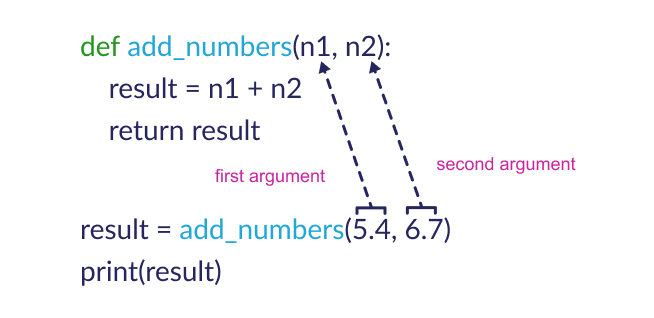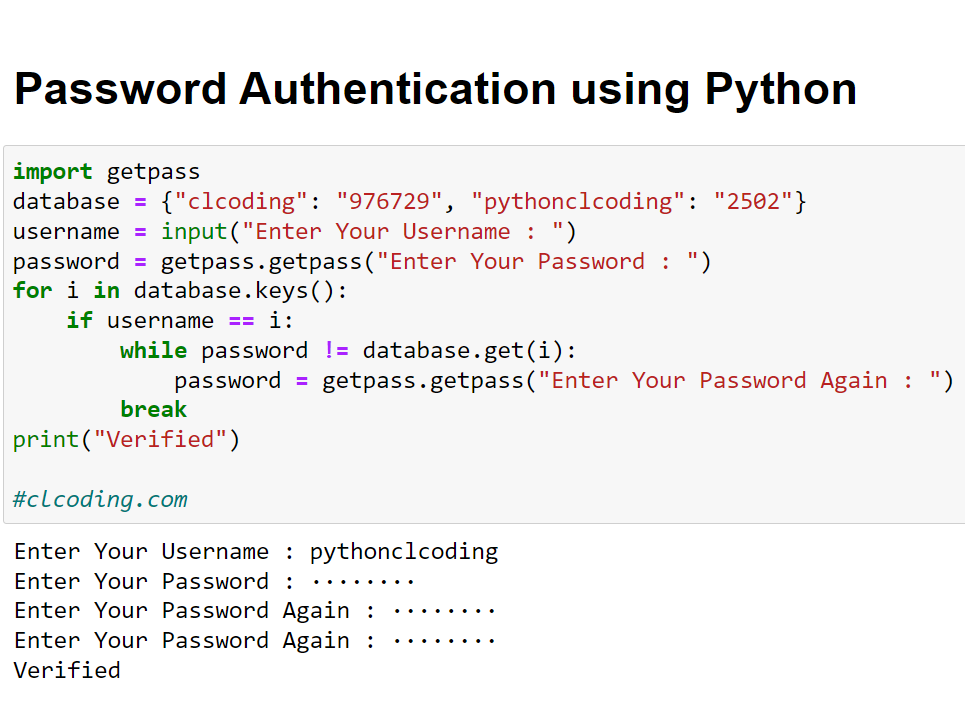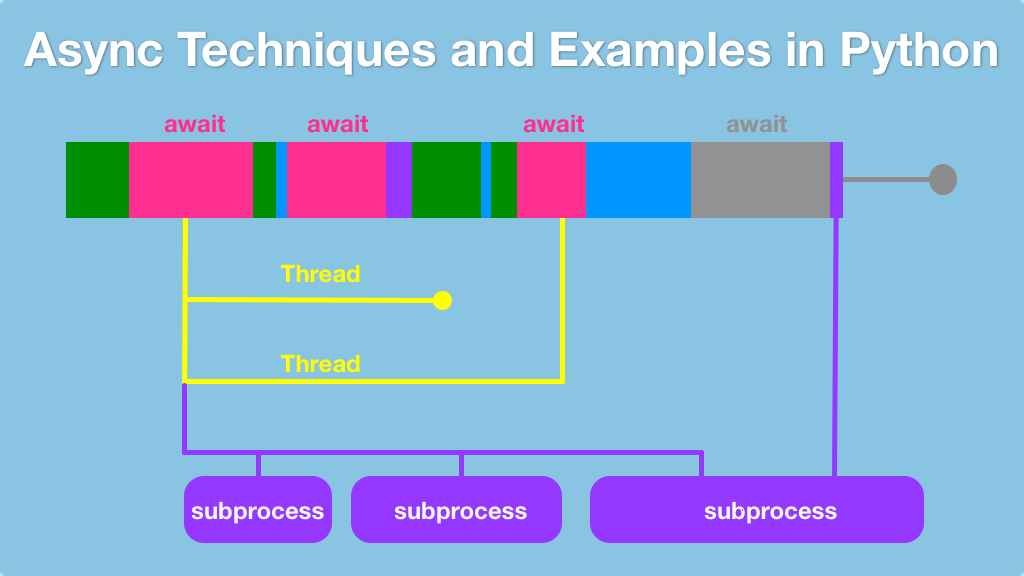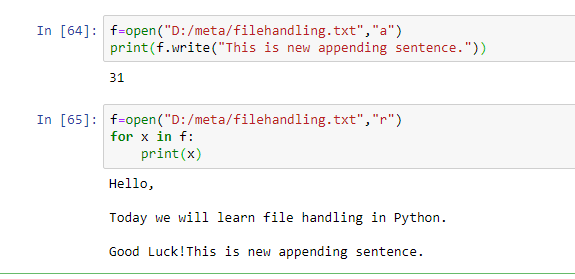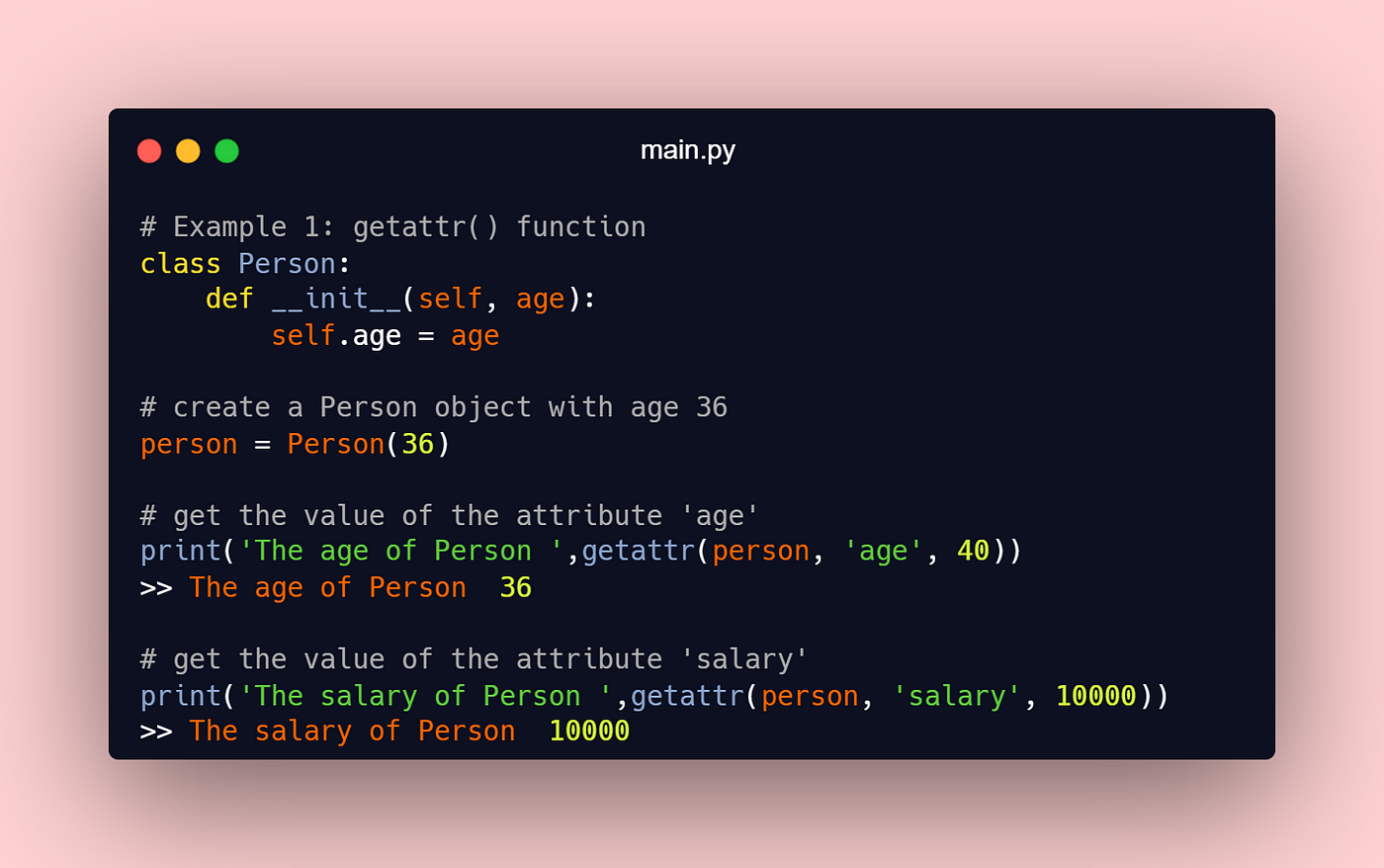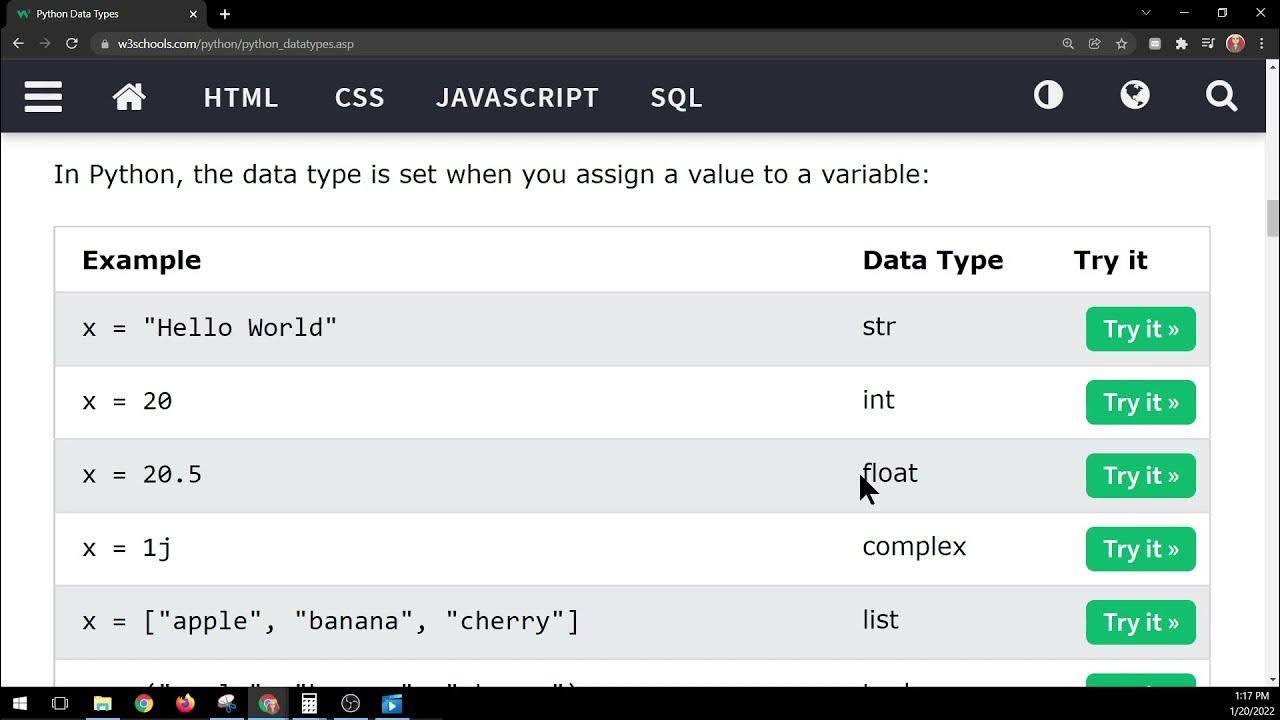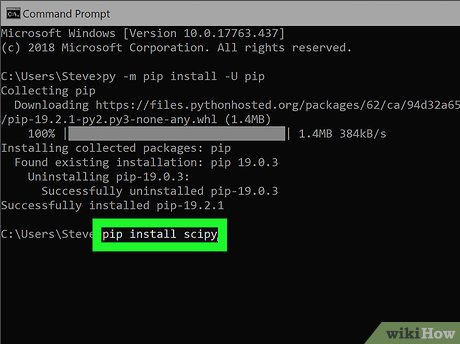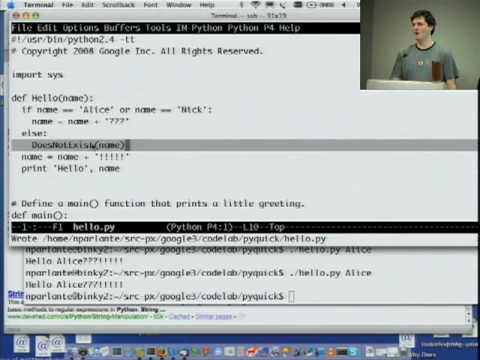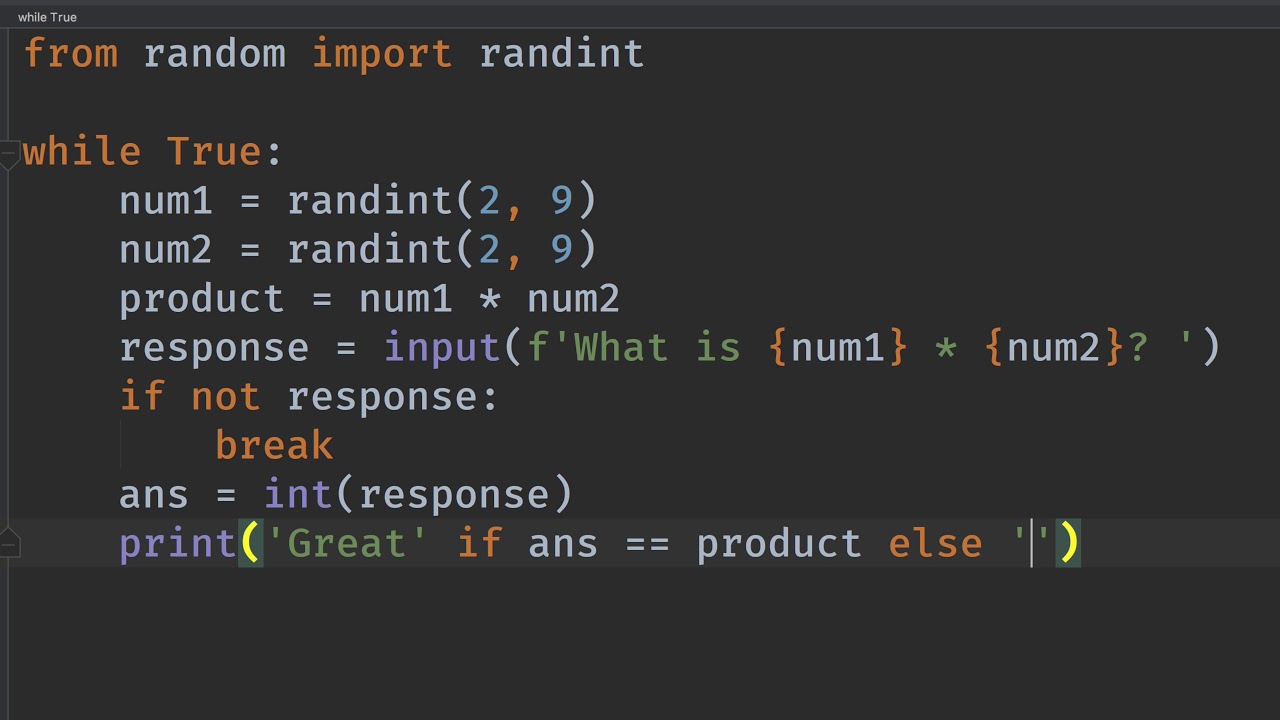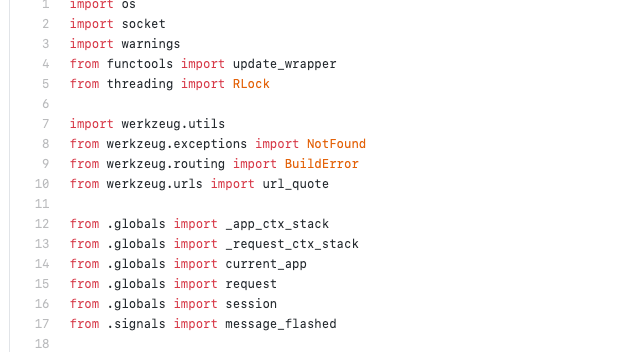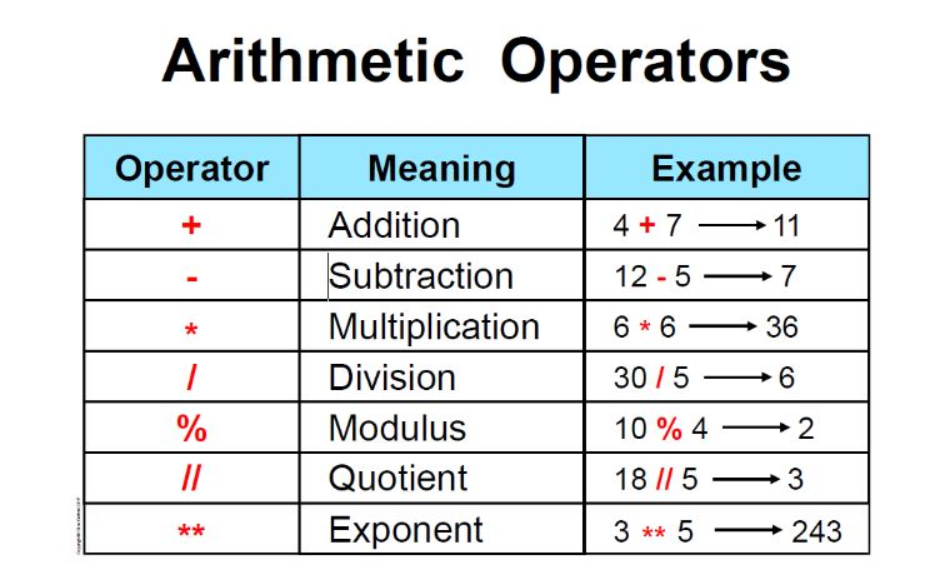How to create a new XML file in Python?
How to create a new XML file in Python?
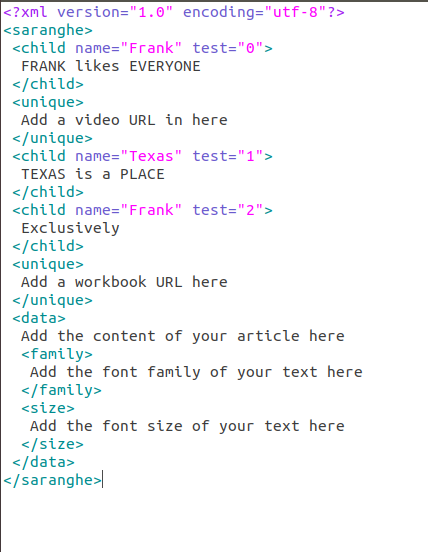
Creating a new XML file in Python involves using the ElementTree module from the standard library. This module provides an easy way to work with XML files by allowing you to create and parse elements. Here's how to do it:
Step 1: Importing the necessary modules
You need to import the ElementTree module to use its functions.
import xml.etree.ElementTree as ET
Step 2: Creating an Element
To create a new XML file, you need to start by creating an element. In Python, this is done using the Element class from the xml.etree.ElementTree module:
root = ET.Element('root') # Create a root element named 'root'
This will create a root element called 'root' that can contain other elements.
Step 3: Adding Sub-Elements to the Root Element
You can add sub-elements to the root element using the ElementTree.SubElement function:
child1 = ET.SubElement(root, 'child1') # Add a child named 'child1'
child2 = ET.SubElement(root, 'child2') # Add another child named 'child2'
This will add two sub-elements (named 'child1' and 'child2') to the root element.
Step 4: Adding Attributes to Elements
You can also add attributes to elements:
child1.set('attribute1', 'value1') # Add an attribute named 'attribute1' to child1 with value 'value1'
child2.set('attribute2', 'value2') # Add another attribute named 'attribute2' to child2 with value 'value2'
This will add two attributes to the sub-elements.
Step 5: Writing the XML File
Once you have created your XML file, you can write it to a file:
ET.ElementTree(root).write('xmlfile.xml') # Write the root element and all its children to an xml file named 'xmlfile.xml'
This will create a new XML file named 'xmlfile.xml' in your directory that contains the elements, sub-elements, and attributes you have created.
Here is the full code:
import xml.etree.ElementTree as ET
Create a root element named 'root'
root = ET.Element('root')
Add two child elements to the root
child1 = ET.SubElement(root, 'child1')
child2 = ET.SubElement(root, 'child2')
Add attributes to the children
child1.set('attribute1', 'value1')
child2.set('attribute2', 'value2')
Write the XML file to a file named 'xmlfile.xml'
ET.ElementTree(root).write('xmlfile.xml')
This will create an XML file that looks like this:
This is a basic example of creating a new XML file in Python using the ElementTree module.
Python xml file list

Here is the list of Python functions for parsing XML files:
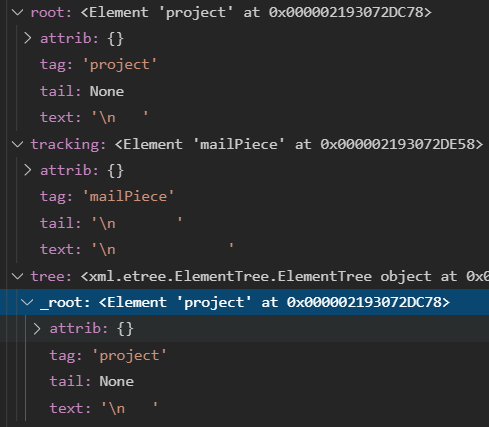
Example: root = ET.fromstring("<Root><Child>hello</Child></Root>")
Example: doc = minidom.parseString("<root><child>hello</child></root>")
Example: parser = sax.make_parser() ; parser.parse("<root><child>hello</child></root>")
Example: from lxml import etree ; doc = etree.fromstring("<root><child>hello</child></root>")
Example: d = xmltodict.parse("<root><child>hello</child></root>")
Example: o = xmljson.badgerfish("<root><child>hello</child></root>")
Example: dt = pyxmldate.parse_date("<date>2022-01-01</date>") ; dt_str = dt.strftime("%Y-%m-%d")
Example: for event, elem in ET.iterparse("<root><child>hello</child></root>"): print(event, elem.tag)
Example: root = ET.fromstring("<root>") ; elem = ET.SubElement(root, "child", "hello")
These are just some of the Python functions for parsing XML files. There are many more libraries and methods available depending on your specific needs.
